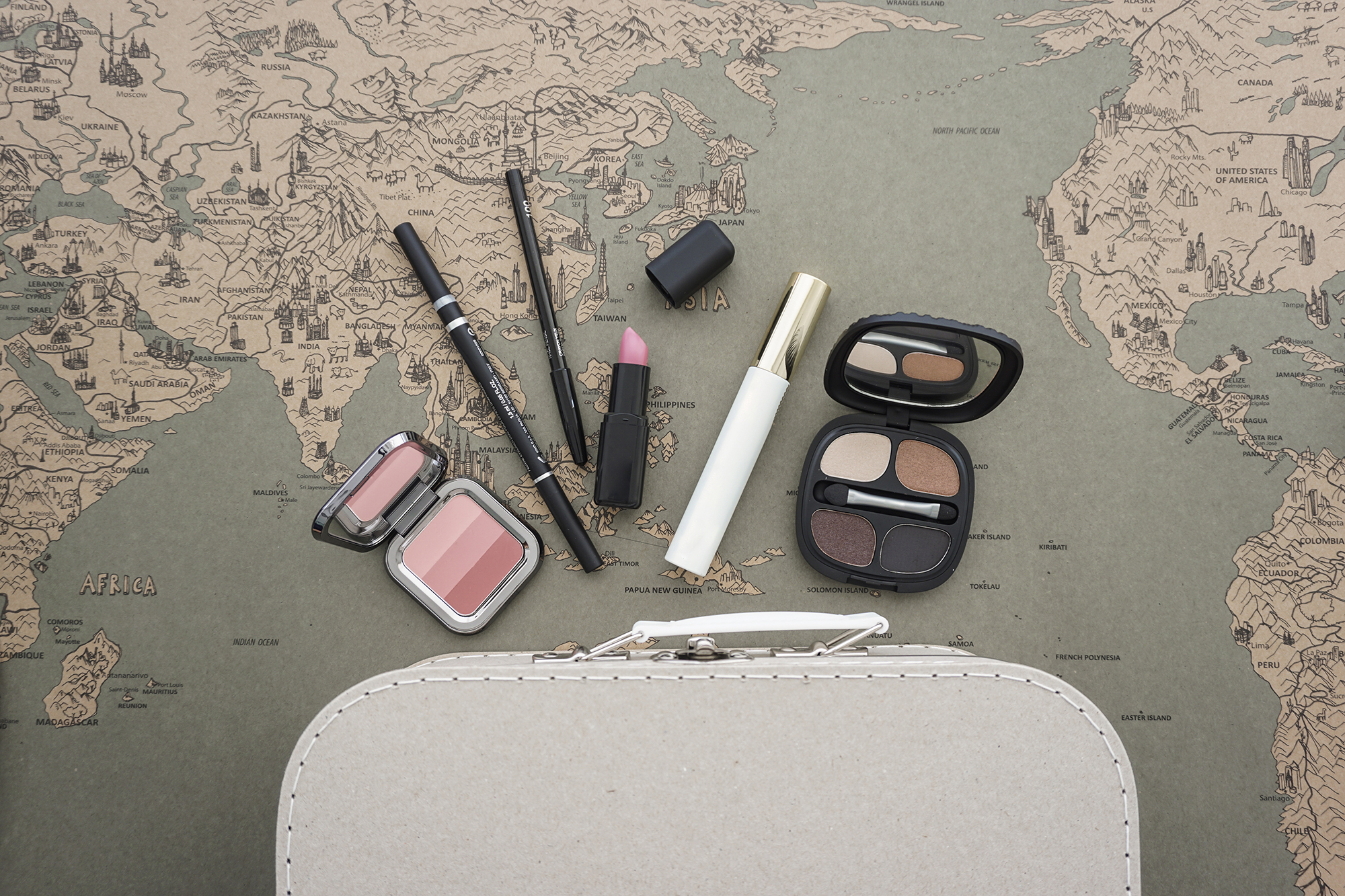An overview of cosmetic regulations across the globe

In today's globalised cosmetic industry, cosmetic products are subject to diverse regulatory landscapes worldwide. Let's take a quick tour of cosmetic regulations in some of the key markets, highlighting on the rules that shape the industry.
European Union
The European Union (EU) boasts a comprehensive regulatory system through the Cosmetic Regulation (EC) No. 1223/2009 that harmonises the rules within the EU and establishes the requirements to be met before placing a cosmetic product on the market.
Under this Regulation, each cosmetic placed on the EU market must be linked to a Responsible Person that must ensure compliance with the legal requirements, including Good Manufacturing Practices (GMP), cosmetic product safety assessment and notification.
United States
The United States, home to a vast beauty market, is overseen by the Food and Drug Administration (FDA). The FDA regulates cosmetics under the new Modernization of Cosmetics Regulation Act (MoCRA), the first big update to US cosmetic regulation at the federal level in over 80 years.
The US regulatory landscape is also affected by state laws, applicable in a particular state, such as California Safe Cosmetics Act (Senate Bill 484) and Washington State’s Toxic-Free Cosmetics Act (HB 1047).
China
In China, cosmetic products are regulated by the National Medical Product Administration (NMPA) and, although several laws apply, the main regulation is the Cosmetic Supervision and Administration Regulations (CSAR), that came into effect on January 1, 2021.
In addition to CSAR, cosmetic products to be sold in China are also subject to other regulatory instruments, including the Safety and Technical Standards for Cosmetics.
Japan
Japan, renowned for its innovation in the beauty industry, has its own set of regulations overseen by the Ministry of Health, Labour and Welfare (MHLW), of which the Pharmaceutical and Medical devices Law is the main regulatory instrument governing cosmetics.
In Japan, cosmetic products are classified into two main categories - general cosmetics and quasi-drugs.
Brazil
Brazil has one of the largest cosmetic markets in Latin America and regulates cosmetic products through Anvisa, the Brazilian Health Regulatory Agency. The general regulation applicable to market authorization for personal hygiene products, cosmetics and fragrances is Resolution RDC 07/2015 (amended by Resolution RDC 237/2018). Other regulations are applicable to labelling and ingredients.
Navigating the complex world of cosmetic regulations requires a thorough understanding of each country's unique requirements. From the stringent safety assessments in the European Union to the evolving landscape of regulations in China, the global cosmetic industry reflects a diverse range of approaches to consumer protection. As the beauty market continues to expand, staying informed about these regulations becomes increasingly vital for businesses and consumers alike.
![[Logo Cosmedesk]](/media/ljbbhnk4/logo-cosmedesk.svg)